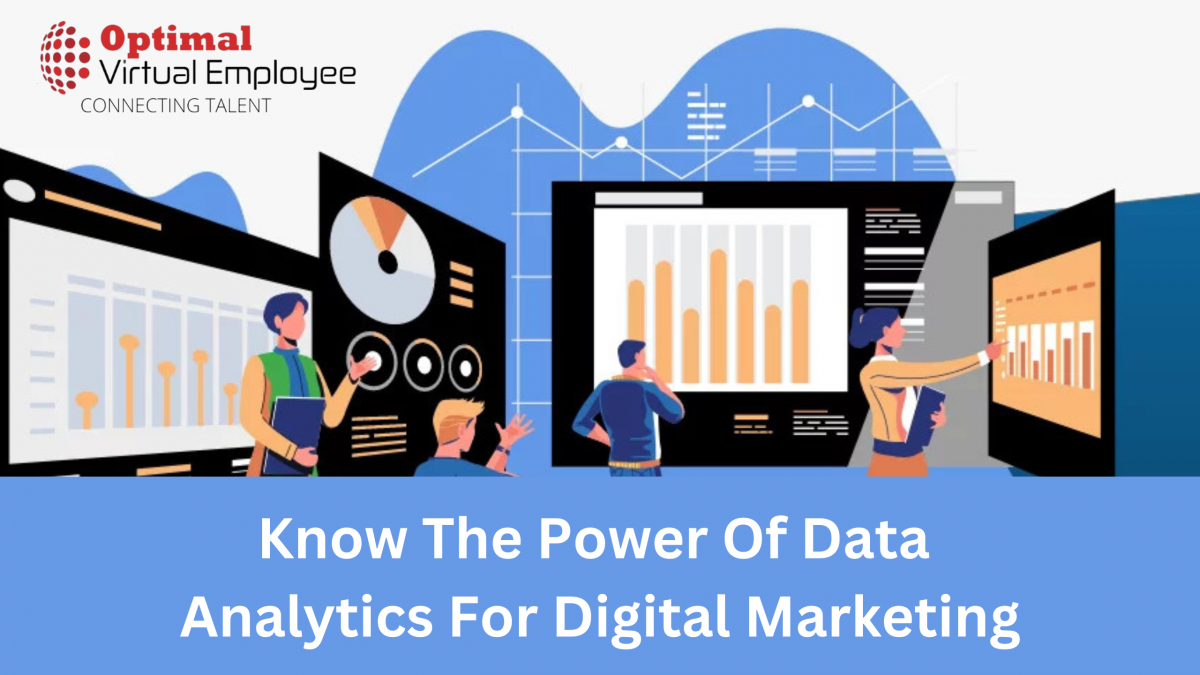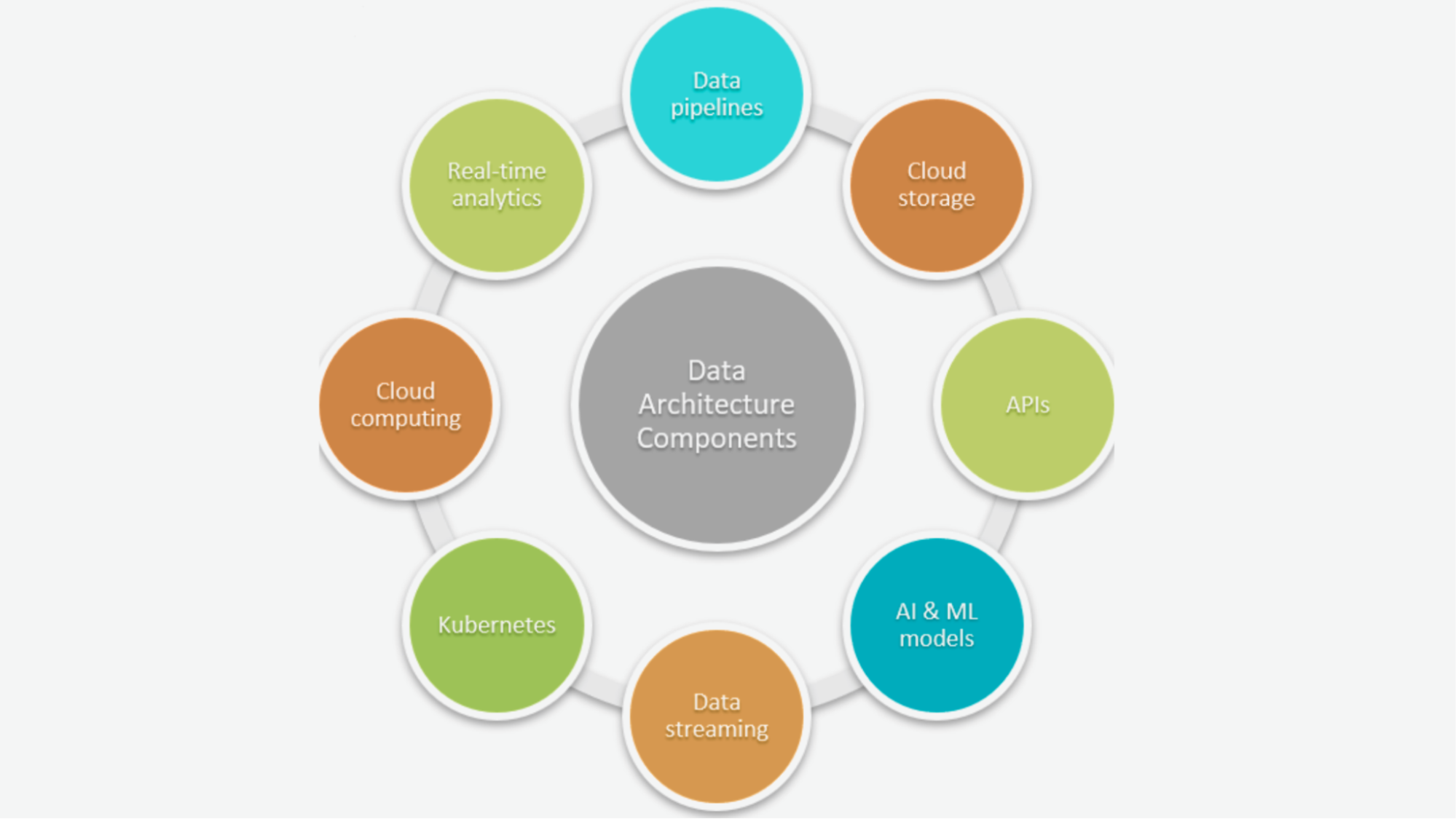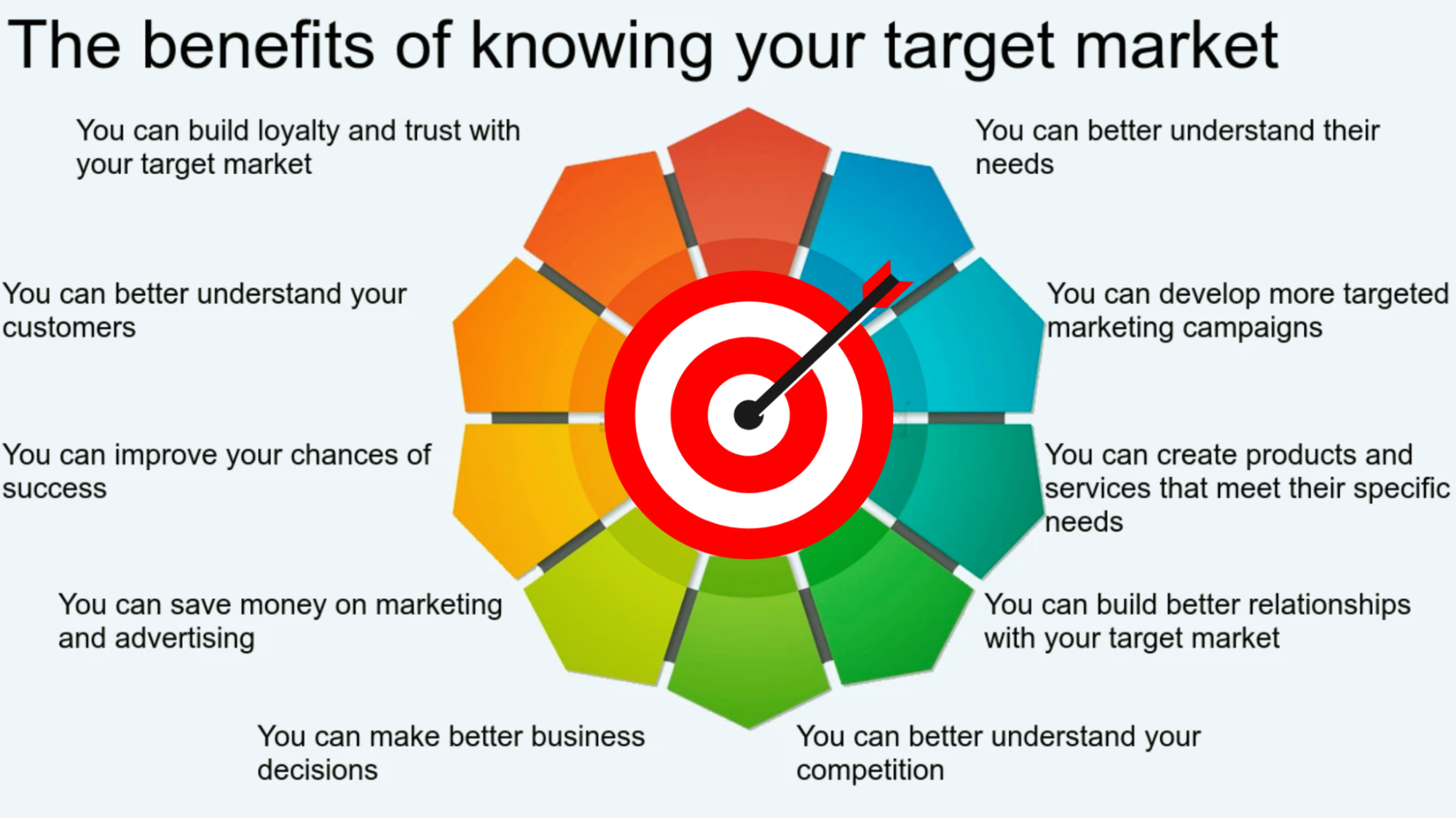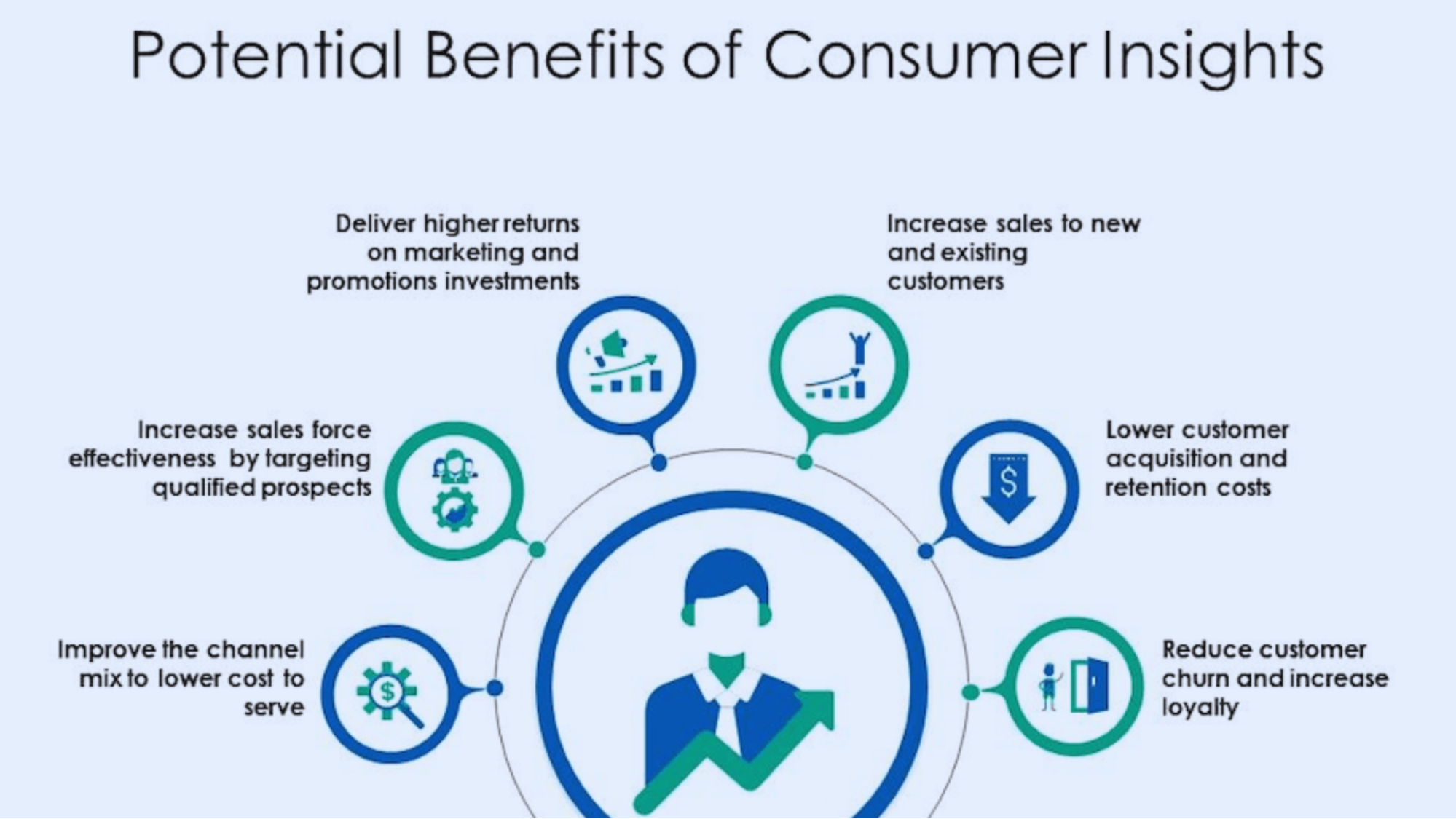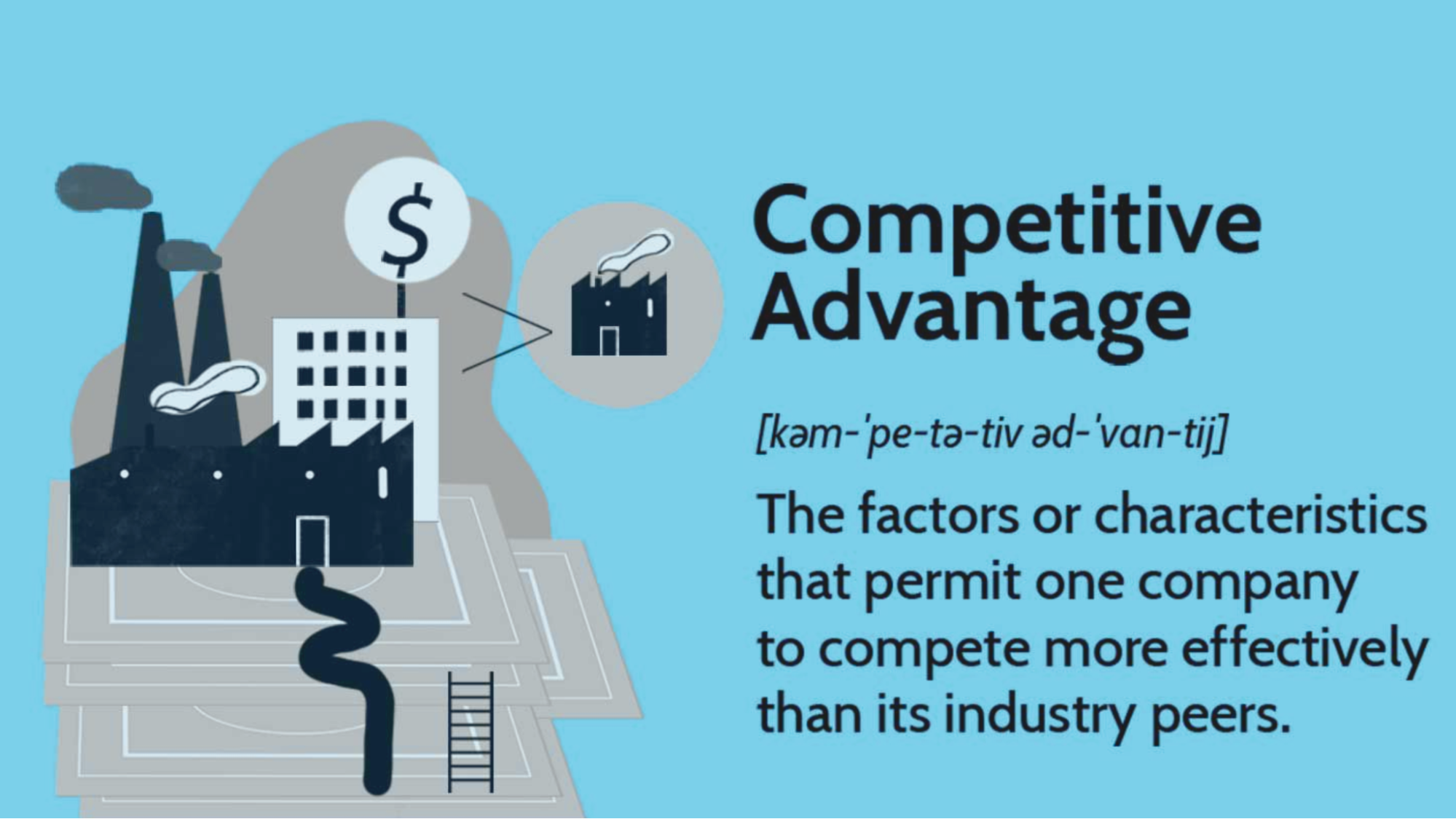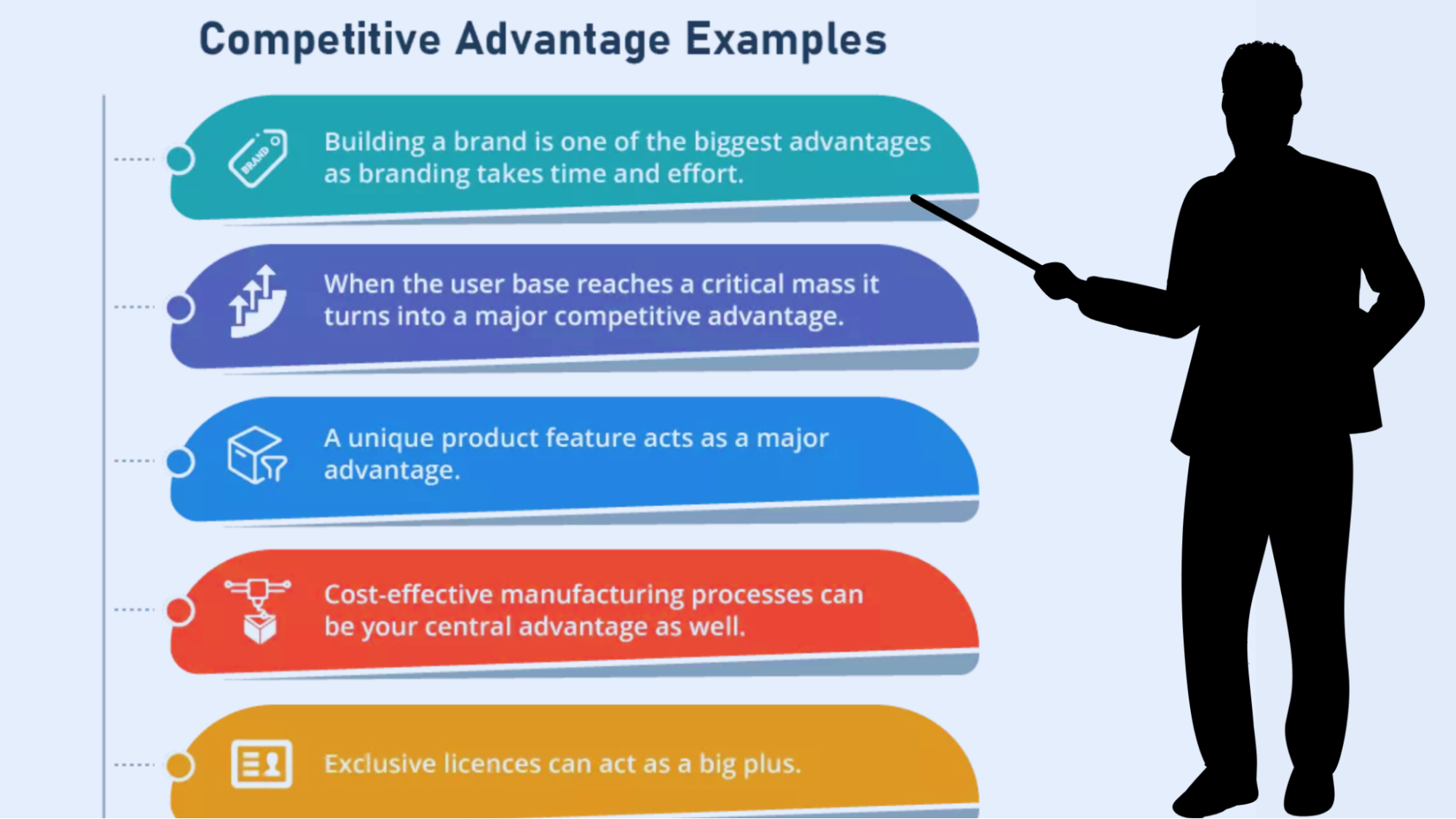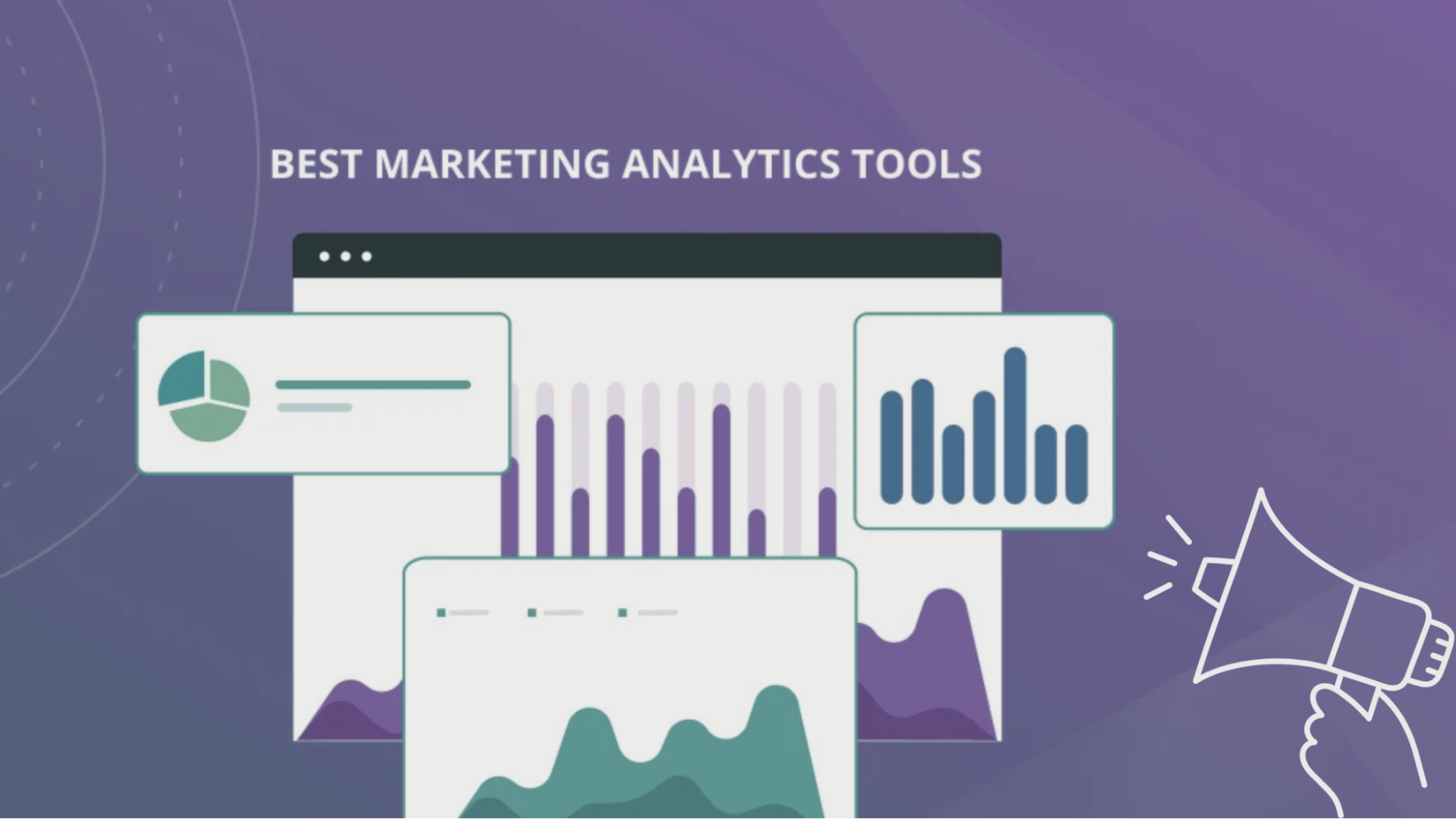In today’s digital age, data is everything. Every click, scroll, and tap generates a wealth of information that can be used to make informed business decisions. The global Big Data and Analytics market is worth $274 billion. No doubt it’s influencing the whole market now and digital marketing is not an exception.
As a digital marketer, harnessing the power of data analytics is key to gaining a competitive advantage. With the right tools and techniques, you can turn data into valuable insights to help you create more effective marketing campaigns, improve customer engagement, and drive sales.
In this blog post, we will explore how you can use data analytics to understand your target audience better, measure your marketing efforts’ success, and make data-driven decisions that will give your business an edge in the crowded digital marketplace. So, let’s dive into data analytics and discover how it can help you achieve your digital marketing goals.
What is Data Analytics?

Data analytics aims to gain insights and knowledge to make better business decisions, improve operational efficiency, identify potential problems, and create new opportunities. It can be applied in various industries, including healthcare, finance, marketing, etc.

Top Benefits of Data Analytics in Digital Marketing
Data analytics is an essential component of digital marketing. It enables marketers to extract valuable insights from vast amounts of data, making informed decisions that improve business performance. Here are some of the top benefits of data analytics in digital marketing. Have a look.
Benefit 1. Improved Targeting
Improved targeting is one of the key benefits of data analytics in digital marketing. By using data analytics tools, marketers can identify the most relevant audience for their products and services and create targeted campaigns that resonate with their target audience. Here are some ways data analytics can help improve targeting in digital marketing:
Segmentation: Data analytics tools can help marketers segment customers based on demographics, behavior, and preferences. It allows marketers to create campaigns tailored to specific customer segments, resulting in more effective targeting.
Personalization: Data analytics tools can help marketers personalize their campaigns by creating content tailored to customer preferences. It can include personalized product recommendations, personalized email campaigns, and personalized website content.
Predictive Analytics: These tools can help marketers identify customers most likely to convert based on their behavior and engagement data. It allows marketers to focus their resources on customers most likely to purchase, resulting in improved targeting and increased ROI.
A/B testing: A/B testing is a data analytics technique that involves testing two campaign versions to see which performs better. Through A/B testing, marketers can identify their campaigns’ most effective messaging, imagery, and call-to-action, improving targeting and increasing ROI.
Real-time tracking: Data analytics tools can provide real-time campaign performance tracking, allowing marketers to make real-time adjustments. It enables marketers to optimize their campaigns based on customer behavior and engagement data, resulting in improved targeting and increased ROI.
Data analytics tools can help marketers improve targeting in digital marketing by segmenting customers, personalizing campaigns, using predictive analytics, conducting A/B testing, and providing real-time tracking of campaign performance. Marketers can use these tools to create campaigns that resonate with their target audience, resulting in improved targeting and increased ROI.
Benefit 2. Provide Better Customer Insights

Understanding customer behavior: Data analytics can help businesses understand customer behavior by analyzing purchasing patterns, browsing history, and interactions with the company’s website and social media channels. This information can help companies identify the products and services that are most popular among their customers and develop strategies to promote them further.
Personalization: By analyzing customer data, businesses can personalize their offerings to suit individual customers’ needs and preferences. For example, data analytics can help companies recommend products similar to those a customer has already purchased or suggest additional products based on the customer’s search history.
Predictive analytics: Data analytics can also predict customer behavior, such as when they are most likely to make a purchase and what products or services they are likely to be interested in. This information can help companies optimize their marketing and sales strategies to target customers at the right time.
Customer Segmentation: By segmenting customers based on demographic, behavioral, and other factors, businesses can gain a deeper understanding of their customer base and tailor their marketing efforts accordingly. For example, a company may identify a segment of price-sensitive customers and target them with discounts or special promotions.
Customer Feedback: Data analytics can also analyze customer feedback, such as reviews and social media comments. This information can help companies understand how customers perceive their brand and products and make improvements where necessary
Thus, data analytics is a powerful tool for businesses to gain better customer insights, understand customers’ needs and preferences, and tailor their offerings accordingly. By leveraging data analytics, companies can improve their marketing and sales strategies, increase customer satisfaction, and drive growth and profitability.
Benefit 3: Provide a Competitive Advantage
Data analytics can provide a competitive advantage for businesses in various ways. By leveraging data analytics, companies can gain insights into their customers, market trends, and business operations to help them make better decisions and outperform their competitors.
Here’s also an example of how data analytics can provide a competitive advantage for a business:
Let’s say a fast-food chain wants to improve its competitive position in the market. Here’s how data analytics can help:
Customer insights: They may find their customers are interested in healthier menu options and prefer ordering through the chain’s mobile app. By using this information to develop new menu items and improve the mobile ordering experience, the chain can better meet customer needs and gain a competitive advantage.
Operational efficiency: They can use data analytics tools to analyze sales data and optimize inventory management to reduce waste and improve supply chain efficiency. By improving operational efficiency, the chain can offer lower prices to customers and increase its competitiveness.
Market trends: They can use social media monitoring tools to track consumer sentiment and identify emerging food trends. The chain can gain a competitive advantage by quickly adapting to changing consumer preferences and trends.
Performance tracking: They can use market research and sales data to analyze customer satisfaction and identify areas for improvement. By continuously monitoring performance and making data-driven decisions, the chain can stay ahead of competitors and maintain its competitive advantage.
By leveraging data analytics to gain customer insights, improve operational efficiency, monitor market trends, and track performance, the fast-food chain can earn a competitive advantage and strengthen its market position.
Benefit 4: Resource Location
Data analytics can help businesses optimize their resource allocation in digital marketing campaigns. By analyzing data, companies can make informed decisions about where to allocate resources to maximize ROI.
Here’s an example of how data analytics can improve resource allocation in digital marketing:
Let’s say a software company wants to increase its customer base through digital marketing. Here’s how data analytics can help:
Audience Targeting: The software company can use data analytics to analyze customer data and identify its target audience. For example, they may find that their target audience is primarily small business owners in the tech industry. By targeting this audience, the company can allocate resources more effectively and increase customer conversion chances.
Channel Optimization: Track the performance of its digital marketing channels and optimize its resource allocation. For example, they can use Google Analytics to analyze website traffic and determine which channels (such as social media, email, or search ads) drive the most conversions. By allocating more resources to the most effective channels, the company can increase its ROI.
Budget Optimization: Use data analytics to optimize its digital marketing budget. For example, they can use predictive analytics to forecast the expected ROI of different marketing strategies and allocate resources accordingly. By prioritizing strategy with the highest expected ROI, the company can maximize its ROI while minimizing wasted resources.
By using data analytics to improve audience targeting, channel optimization, campaign performance tracking, and budget optimization, the software company can allocate its resources more effectively and improve its ROI in digital marketing campaigns.
Top Data Analytics Tool For Digital Marketing
There are many data analytics tools available in the market for digital marketing. Here are some of the top data analytics tools for digital marketing:
Google Analytics
Google Analytics is a free web analytics service that provides insights into website traffic, user behavior, and conversion rates. Digital marketers widely use it to track their website performance and optimize their online marketing strategies.
SEMrush
SEMrush is a digital marketing tool that offers competitive intelligence and insights into search engine optimization (SEO), pay-per-click (PPC) advertising, and content marketing. It helps digital marketers analyze their competitors’ online marketing strategies and optimize their campaigns.
Moz
Moz is a suite of SEO tools that provides insights into keyword research, link building, and website optimization. It helps digital marketers to improve their website’s search engine rankings and increase organic traffic.
Mixpanel
Mixpanel is an analytics tool that helps digital marketers to track user behavior and engagement across their website, mobile app and other digital channels. It provides insights into user retention, conversion rates, and other key metrics to optimize digital marketing campaigns.
Tableau
Tableau is a data visualization tool that helps digital marketers to create interactive dashboards and reports to analyze and share data insights. It allows marketers to identify patterns and trends in data to optimize their digital marketing campaigns.
Ahrefs
Ahrefs is an SEO tool that provides insights into keyword research, link building, and website optimization. It helps digital marketers analyze their competitors’ online marketing strategies and optimize their campaigns.
Kissmetrics
Kissmetrics is a customer analytics tool that provides insights into customer behavior and engagement across different digital channels. It helps digital marketers to optimize their customer acquisition and retention strategies based on data insights.
These tools can help digital marketers collect, analyze, and act upon data insights to optimize their digital marketing campaigns and achieve better ROI.
Conclusion
Data analytics has revolutionized the way digital marketing is done today. It enables digital marketers to collect, analyze, and act upon data insights to optimize their marketing campaigns and achieve better ROI. By leveraging data analytics tools such as Google Analytics, SEMrush, Moz, Mixpanel, Tableau, Ahrefs, and Kissmetrics, digital marketers can gain valuable insights into user behavior, engagement, and conversion rates across various digital channels.
With the help of data analytics, digital marketers can track the performance of their marketing campaigns in real time, identify areas for improvement, and optimize their marketing strategies accordingly. Data analytics can also help digital marketers better understand their target audience, personalize their marketing messages, and improve their overall customer experience.
Therefore, data analytics is critical for digital marketers to gain valuable insights into their marketing campaigns, optimize their strategies, and achieve better ROI. By investing in data analytics tools and leveraging data insights, digital marketers can stay ahead of the competition, drive better results, and ultimately grow their businesses.
